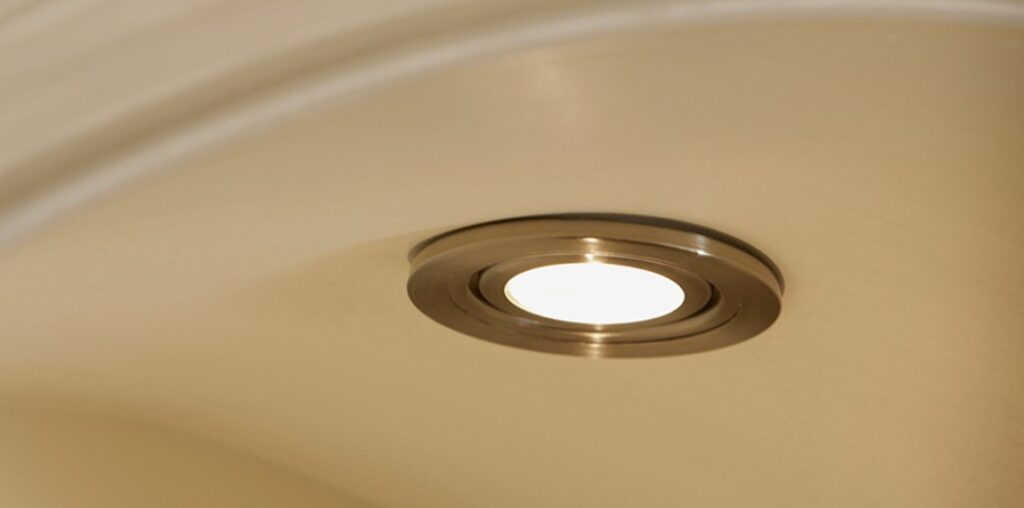Recessed lighting is a sleek and modern way to illuminate any space, providing both functionality and aesthetics. Whether upgrading an existing lighting system or planning new installations, choosing the right type of recessed lighting is crucial. Factors like room size, ceiling height, and purpose of lighting play a significant role in selecting the perfect fixture. Understanding these aspects ensures energy efficiency, proper illumination, and an overall enhanced ambiance.
Understanding Different Types of Recessed Lighting
Recessed lighting comes in various types, each serving a specific purpose. The most common types include ambient lighting, task lighting, and accent lighting. Ambient recessed lighting provides general illumination, making it ideal for living rooms and hallways. Task lighting is focused and useful for areas like kitchens and offices where precision is needed. Accent lighting highlights specific areas or features, such as artwork or decorative elements. Selecting the right type depends on the room’s function and personal preferences.
Trim styles also play a crucial role in the overall look. Baffle trims reduce glare and provide soft lighting, while reflector trims enhance brightness for task-oriented spaces. Adjustable trims allow directing the light in different angles, making them suitable for accent lighting. Understanding these options helps in making an informed decision when selecting recessed lighting.
Determining the Right Bulb Type
The choice of bulbs affects the brightness, energy consumption, and longevity of recessed lighting. LED bulbs are the most popular option due to their energy efficiency and long lifespan. They consume less power while delivering bright and consistent light. Halogen bulbs provide a warm glow but tend to generate more heat and consume more energy. Compact fluorescent bulbs (CFLs) are another option, offering decent energy savings but with a shorter lifespan compared to LEDs.
When selecting a bulb, the color temperature is an important factor. Warm white (2700K-3000K) creates a cozy atmosphere, making it suitable for bedrooms and living areas. Cool white (3500K-4500K) provides a neutral brightness, ideal for kitchens and offices. Daylight (5000K-6500K) mimics natural sunlight and works well in workspaces requiring maximum clarity. Choosing the right bulb enhances the effectiveness of recessed lighting and ensures comfort in different spaces.
Placement and Spacing Considerations
Proper placement of recessed lighting enhances its effectiveness. A common rule of thumb is spacing the lights at a distance equivalent to half the ceiling height. For example, in an 8-foot ceiling, recessed lights should be placed about 4 feet apart. This helps distribute light evenly and avoids dark spots or overly bright areas.
In task areas such as kitchens, placing recessed lights directly above work surfaces ensures adequate illumination. For living rooms and bedrooms, a mix of general and accent lighting provides a balanced ambiance. In bathrooms, ensuring lights are rated for damp or wet locations prevents electrical hazards. Strategic placement improves the functionality and aesthetics of recessed lighting in any setting.
Dimming and Smart Control Options
Dimmable recessed lights add versatility by allowing adjustments in brightness to suit different moods and occasions. Installing dimmer switches enables control over light intensity, helping create a cozy atmosphere or bright illumination when needed. It also contributes to energy savings by reducing power consumption when full brightness is unnecessary.
Smart recessed lighting takes convenience a step further. With Wi-Fi-enabled or Bluetooth-controlled options, homeowners can adjust brightness and color temperature using smartphones or voice assistants. These smart features integrate well with modern home automation systems, enhancing both comfort and efficiency. Choosing dimmable or smart recessed lighting offers a customizable lighting experience tailored to individual needs.
Electrical Requirements and Installation Process
Installing recessed lighting requires proper knowledge of electrical systems. It’s important to check the existing wiring and circuit capacity to ensure it can handle additional lighting fixtures. Overloading circuits can lead to electrical hazards and inefficiency. Homeowners unfamiliar with wiring should consider professional installation for safety and compliance with electrical codes.
For those looking to expand their electrical knowledge, enrolling in a Basic Electrician Course provides essential skills for handling lighting installations and repairs. Understanding how to wire fixtures, calculate electrical loads, and follow safety protocols helps in ensuring a seamless recessed lighting setup. Learning the fundamentals of electrical work not only benefits DIY projects but also opens career opportunities in the field.
Choosing the Right Housing for Your Ceiling Type
Recessed lighting housings come in different types to accommodate various ceiling structures. New construction housing is designed for homes in the building phase, allowing easy installation before drywall is placed. Remodel housing is used for existing ceilings, fitting into pre-cut holes without major modifications.
IC-rated housing is essential for ceilings with insulation, preventing overheating and fire hazards. Non-IC-rated housing works for non-insulated spaces where ventilation is sufficient. Selecting the right housing type ensures compatibility with ceiling conditions and enhances safety.
Energy Efficiency and Cost Considerations
Energy efficiency is a key factor when choosing recessed lighting. LED fixtures consume significantly less electricity compared to traditional bulbs, leading to long-term cost savings. While LED recessed lighting may have a higher initial cost, the extended lifespan and lower energy consumption make it a cost-effective investment.
Opting for ENERGY STAR-rated lighting fixtures ensures compliance with efficiency standards. These products meet strict regulations for energy use and performance, reducing electricity bills without compromising quality. Factoring in energy efficiency and costs helps in making a sustainable and budget-friendly lighting decision.
Conclusion
Selecting the right recessed lighting involves careful consideration of bulb types, placement, trim styles, and energy efficiency. Understanding electrical requirements and exploring smart control options further enhances the lighting experience. Whether upgrading a home or planning new installations, making informed choices ensures optimal illumination and aesthetics.
For those interested in learning more about electrical installations, a Basic Electrician Course provides the necessary foundation to handle lighting projects efficiently. Gaining hands-on experience in electrical work enhances skills and ensures safe and professional lighting solutions.

